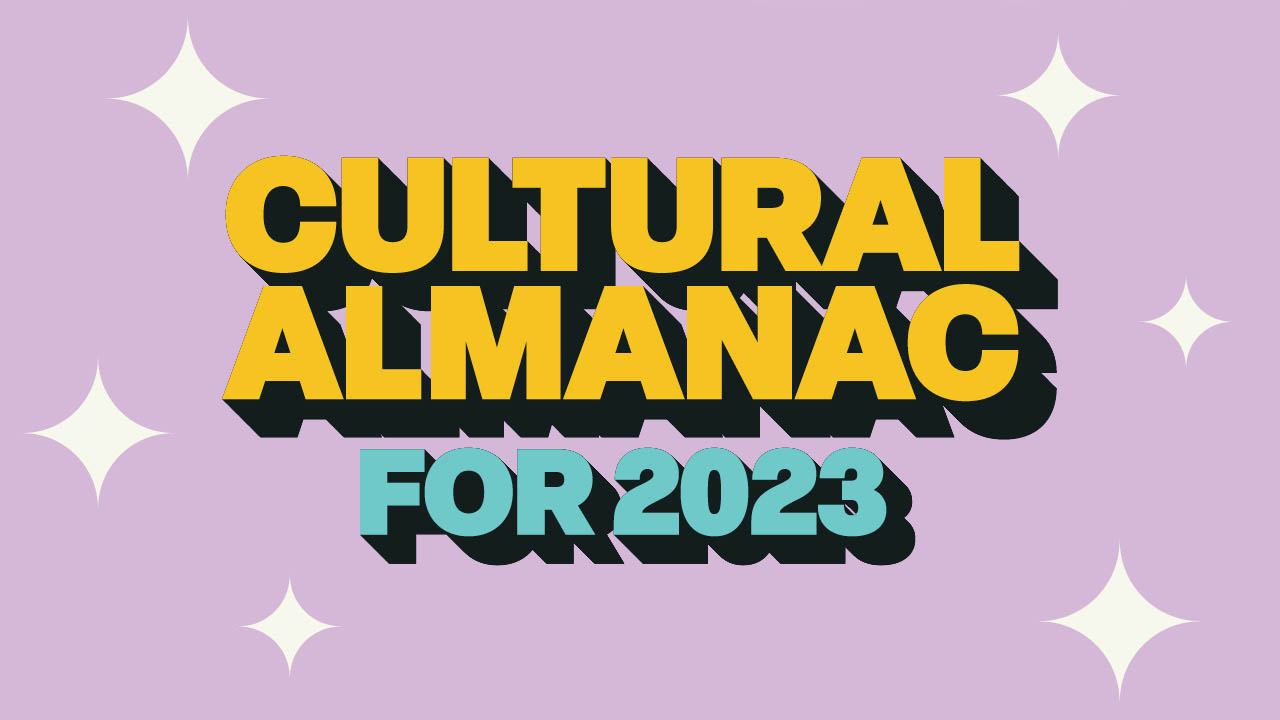Cultural almanac for 2023
 CREDIT: FSU PUBLICATIONS AND COMMUNICATIONS DEPARTMENT
CREDIT: FSU PUBLICATIONS AND COMMUNICATIONS DEPARTMENTWhat lurks in the closet of 2023? What’s the next big social media platform craze? Is the planet going to implode? Let’s take a look into the not-so-far future of what we can expect for the upcoming year.
Social Media
One of fastest-growing cultural trends is the rise of the creator economy. It seems that social media’s hot new trend continues to be in high demand with searches for new social media platforms growing by 1,500 per cent (according to explodingtopcs.com) in the last five years. Viewers for platforms like Twitch continue to stay relevant and are growing in popularity, enticed by “amateur” content instead of professionally produced television. In a Huffington Post article titled Future of Social Publishing, Twitter co-founder Evan Williams spoke of his venture Medium, which he hoped would be the highlight of his platform creating career. Williams is inspired to build a platform where anybody and everybody can publish, “but let’s make it better,” he said. “Let’s have a system where feedback loops reward quality and thoughtfulness. Let’s explore how to publish/share things that evolve over time, evolve beyond the print model.”
Music
Maia Phillips, a second year Music Industry Arts (MIA) student and Connor Warren, a first year MIA student gave some insight into what might be coming out of 2023’s music scene.
“I have noticed country music is currently making a comeback,” Phillips said. “More and more people are stating that country is their preferred music to listen and party to.”
“The number one way that music is being spread right now is through TikTok,” added Warren. “And that’s only going to grow more in 2023.”
Climate
Steven Guilbeault, P.C., M.P., Minister of Environment and Climate Change for Canada stated on the Government of Canada website the strategies Canada will put into action to tackle the crisis of climate change. Guilbeault’s plan includes driving decarbonization and the Net-Zero Emissions Accountability Act.
Canada will be the first major oil-producing country to cap and reduce greenhouse gas emissions from the oil and gas sector to meet Canada’s 2030 and 2050 goals. Canada also plans to create partnerships with First Nations to advance climate leadership, work towards zero plastic waste by 2030, by banning single use plastic waste.
Banning single use plastic, repurposing old clothes and listening to country music makes 2023 sound pretty good to me. But only time will tell what is in store for us.
Fashion
According to Fanshawe’s fashion students, 2023 fashion trends tend to be linked with comfort and D.I.Y.
Student Biz Clarkson said, “I’m excited to see elements of home coming into the world. After being in lockdown the emphasis on home has definitely been pushed forward. We’ve been looking in our closets digging through them; fixing things. D.I.Y alterations, dressing for fun. I also know there’s trends coming back from early 2000s; basically, it’s the 80s coming back, like “low-rise jeans.”
Lauren Bailey, also a Fanshawe fashion student, added, “We used to have multiple big trends but now there’s almost like, little pockets of trends amongst people. Repurposing things that you may have thought were garbage or lost. It’s all about ‘dopamine dressing,’ things that make you feel good.”
Politics
The last few years, the entire globe has been turned upside down and we saw politics and politicians scrambling around trying to keep a sense of order and some sort of control. We can only hope 2023 fares better for us all. Fanhawe professor and political analyst, Matt Farrell said Canada’s next election will likely look very different from the last.
“The next election (assuming it’s in 2023), will be different than the 2021 version, and very different than the 2015 election that saw Trudeau’s Liberals win a majority. Here is how I describe the current landscape:
- Highly polarized: only 22 seats changed hands last election. Each party has a high floor (minimum seats they will win) and a low ceiling (max number they will win)
- Geographic sorting: Parties are very sorted geographically with Conservatives doing well in rural areas (and the West, generally) and Liberals winning dense urban centres. Research from Zac Taylor at Western finds that this ‘density gap’ reached its’ highest level in 2021
- Demographic change: generations Y and Z are emerging as dominant blocs in the economy, the labour, market, and the electorate. Typically, younger voters align with the NDP/Greens, but Pierre Poilievre (Conservative party) has done very well in connecting with young voters (especially young men)

















